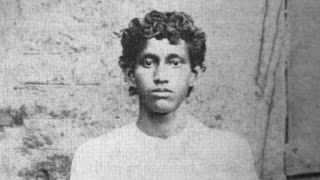The UNESCO has conferred two awards for conservation efforts at Nizamuddin Basti in Delhi.
The Nizamuddin Basti has received two awards at the UNESCO Asia-Pacific Awards for Cultural Heritage Conservation this year. The conservation initiative at Nizamuddin area has bagged the prestigious Award of Excellence and another award in the Special Recognition for Sustainable Development category.
Conservation efforts at Nizamuddin Basti are being undertaken by the Aga Khan Trust for Culture in partnership with the South Delhi Municipal Corporation, Archaeological Survey of India, Delhi Urban Heritage Foundation and the Dargah Committee and resident community groups of Hazrat Nizamuddin Basti since 2007.
Nizamuddin Basti Project encompasses restoration of over 20 historic monuments clustered around the 14th century mausoleum of the revered Sufi saint, Hazrat Nizamuddin Auliya, the most prominent Sufi saint of the Chisti order.
• The Nizamuddin area consists of Humayun Tomb and the 16th century Batashewala Tomb-Garden Complex and tomb of 16th century poet Rahim (Khan I Khanan) and the Mughal-period caravanserai of Azimganj Serai. These regions were segregated and damaged. They were also renewed by the Nizamuddin Basti Project.
• The project was started in 2007 by the Aga Kahn Trust for Culture, Archaeological Survey of India, Delhi Urban Heritage Foundation and the South Delhi Municipal Corporation.
Objectives of Nizamuddin Basti Project
• The Nizamuddin Basti Project is an Urban Renewal Project. It successfully unified the segregated zones of the seven-century old settlement of the Nizamuddin Basti and its surrounding 70 acres.
• It integrated socio – economic development, conservation and environmental development objectives in these areas.
• It unified three major sites namely Sundar Nursery, Nizamuddin Basti and Humayun Tomb.
Humayun Tomb
A brilliant example of early Mughal architecture, Humayun Tomb was commissioned by his first wife Bega Begum or Haji Begum. It was declared a World Heritage Site in 1993. Since then, it has undergone extensive restoration work. The tomb is placed in the centre of a thirty-acre garden called “Char Bagh”. The last Mughal Emperor Bahadur Shah Zafar was captured by the British in Humayun Tomb in 1857.










